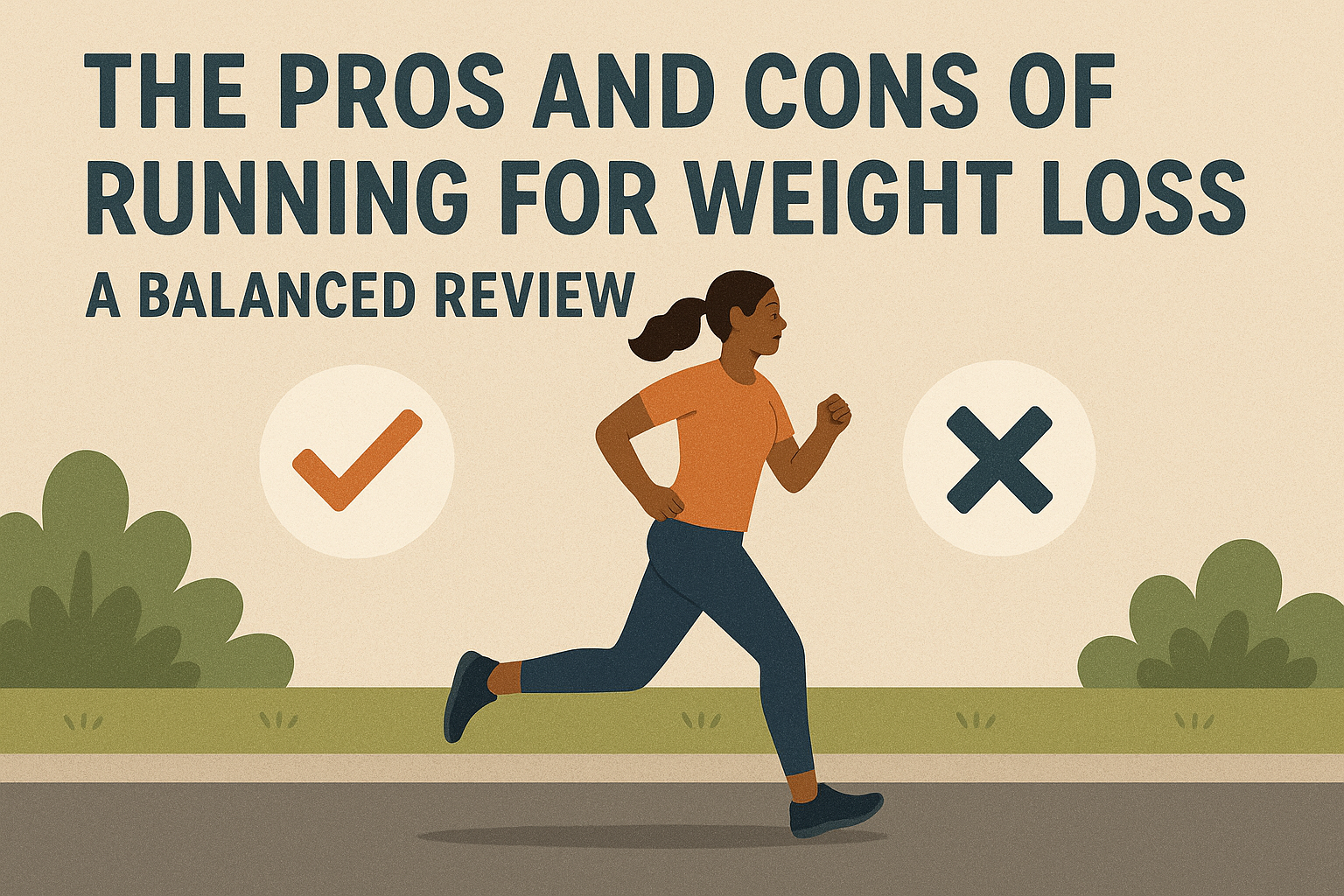Are you looking to take your chest workout to the next level? Look no further than the incline bench press, a highly effective exercise for targeting the upper chest muscles. In this article, we’ll explore the benefits of the incline bench press, provide tips on proper form and technique, and discuss its importance for building a strong and defined chest.
What is the Incline Bench Press?
The incline bench press is a variation of the traditional bench press that targets the upper chest muscles, specifically the clavicular head of the pectoralis major. By adjusting the angle of the bench, you can increase the emphasis on the upper chest muscles, making it an ideal exercise for building a more defined and balanced chest.
Benefits of the Incline Bench Press
The incline bench press offers several benefits, including:
1. Targeted muscle growth: By targeting the upper chest muscles, the incline bench press can help create a more defined and balanced chest.
2. Improved overall chest development: The incline bench press can help improve overall chest development by targeting a specific area of the chest muscles.
3. Increased strength and power: The incline bench press can help increase strength and power in the chest muscles, which can translate to improved performance in other exercises and activities.
Importance of Proper Form and Technique
Proper form and technique are essential when performing the incline bench press. Poor form can lead to injury and reduce the effectiveness of the exercise. In the next section, we’ll provide tips on proper form and technique for the incline bench press.
What to Expect
In this article, we’ll cover:
1. Step-by-step instructions: We’ll provide step-by-step instructions on how to perform the incline bench press with proper form and technique.
2. Tips and variations: We’ll offer tips and variations to help you get the most out of the exercise and avoid plateaus.
3. Common mistakes to avoid: We’ll discuss common mistakes to avoid when performing the incline bench press, so you can stay safe and effective.
Let’s get started and take your chest workout to the next level with the incline bench press!
Benefits of the Incline Bench Press
The incline bench press is a highly effective exercise for targeting the upper chest muscles, and it offers numerous benefits for overall chest development.
Muscles Targeted
The incline bench press primarily targets the:
1. Clavicular head of the pectoralis major: This muscle is responsible for flexing and adducting the shoulder joint, and it plays a crucial role in upper chest development.
2. Anterior deltoids: The anterior deltoids assist in the movement, helping to control the arm and maintain proper form.
3. Triceps brachii: The triceps brachii also assist in the movement, helping to extend the elbow joint.
Benefits for Upper Chest Development
The incline bench press offers several benefits for upper chest development, including:
1. Increased muscle mass: The incline bench press can help increase muscle mass in the upper chest muscles, creating a more defined and balanced chest.
2. Increased strength: The incline bench press can help increase strength in the upper chest muscles, allowing you to perform daily activities with more ease and confidence.
3. Increased endurance: The incline bench press can help increase endurance in the upper chest muscles, allowing you to perform more reps and sets with proper form.
Improved Overall Chest Development
The incline bench press can also help improve overall chest development by:
1. Creating a more balanced and symmetrical chest: By targeting the upper chest muscles, the incline bench press can help create a more balanced and symmetrical chest.
2. Enhancing overall chest muscle mass and strength: The incline bench press can help enhance overall chest muscle mass and strength, creating a more defined and athletic chest.
3. Improving chest muscle endurance and stamina: The incline bench press can help improve chest muscle endurance and stamina, allowing you to perform more intense and challenging workouts.
By incorporating the incline bench press into your workout routine, you can experience these benefits and take your chest development to the next level.
Proper Form and Technique for the Incline Bench Press
To get the most out of the incline bench press and minimize the risk of injury, it’s essential to use proper form and technique. In this section, we’ll break down the proper setup, movement, and breathing technique for the incline bench press.
Setup and Positioning
Before starting the incline bench press, make sure to set up and position yourself correctly:
1. Grip width: Hold the barbell with a grip that’s slightly wider than shoulder-width apart. This will help you maintain control and target the upper chest muscles effectively.
2. Foot placement: Place your feet flat on the floor or on a step, with your knees bent at a 90-degree angle. This will help you maintain stability and generate power.
3. Body position: Lie on the incline bench with your back against the pad and your shoulders down and away from your ears. Make sure your body is in a straight line from head to heels.
Movement
The movement of the incline bench press can be broken down into two phases:
Lowering Phase:
1. Slowly lower the barbell: Lower the barbell to your upper chest, taking 2-3 seconds to do so. Avoid letting the barbell bounce or swing.
2. Keep your elbows close to your body: Keep your elbows close to your body, with your upper arms parallel to the ground.
3. Avoid letting your shoulders roll forward: Avoid letting your shoulders roll forward or your back arch excessively.
Pressing Phase:
1. Press the barbell upwards: Press the barbell upwards, extending your arms fully and squeezing your chest muscles.
2. Avoid using momentum: Avoid using momentum or jerking the barbell upwards, as this can put unnecessary strain on your shoulders and joints.
3. Take 1-2 seconds to press the barbell: Take 1-2 seconds to press the barbell upwards, focusing on slow and controlled movement.
Breathing and Core Engagement
Proper breathing and core engagement are essential for maintaining proper form and technique during the incline bench press:
1. Breathe in during the lowering phase: Breathe in during the lowering phase, filling your lungs fully and maintaining a steady breathing pattern.
2. Breathe out during the pressing phase: Breathe out during the pressing phase, exhaling slowly and maintaining a steady breathing pattern.
3. Engage your core muscles: Engage your core muscles throughout the exercise, maintaining a tight and stable core. This will help you maintain proper form and generate power.
By following these guidelines and using proper form and technique, you’ll be able to get the most out of the incline bench press and achieve your fitness goals.
Common Mistakes to Avoid When Performing the Incline Bench Press
To get the most out of the incline bench press and minimize the risk of injury, it’s essential to avoid common mistakes that can compromise proper form and technique. In this section, we’ll explore three common mistakes to avoid when performing the incline bench press.
Letting the Shoulders Roll Forward
Letting the shoulders roll forward during the incline bench press is a common mistake that can put unnecessary strain on the shoulders and joints.
Why it’s a mistake:
1. Reduced effectiveness: Letting the shoulders roll forward can reduce the effectiveness of the exercise, as it can shift the emphasis away from the upper chest muscles.
2. Increased risk of injury: Letting the shoulders roll forward can also increase the risk of injury, particularly in the shoulders and joints.
How to avoid it:
1. Maintain proper body position: Make sure to maintain proper body position throughout the exercise, with your shoulders down and away from your ears.
2. Engage your shoulder blades: Engage your shoulder blades by squeezing them together and pulling them down towards your spine.
3. Focus on proper form: Focus on proper form and technique throughout the exercise, avoiding any jerky or bouncy movements.
Not Controlling the Weight
Not controlling the weight during the incline bench press is another common mistake that can compromise proper form and technique.
Why it’s a mistake:
1. Reduced effectiveness: Not controlling the weight can reduce the effectiveness of the exercise, as it can shift the emphasis away from the upper chest muscles.
2. Increased risk of injury: Not controlling the weight can also increase the risk of injury, particularly in the shoulders and joints.
How to avoid it:
1. Use a weight that allows proper form: Use a weight that allows you to maintain proper form and technique throughout the exercise.
2. Focus on slow and controlled movements: Focus on slow and controlled movements throughout the exercise, avoiding any jerky or bouncy movements.
3. Use a spotter or safety bars: Consider using a spotter or safety bars to help control the weight and reduce the risk of injury.
Not Engaging the Core
Not engaging the core during the incline bench press is a common mistake that can compromise proper form and technique.
Why it’s a mistake:
1. Reduced stability: Not engaging the core can reduce stability throughout the exercise, making it more difficult to maintain proper form and technique.
2. Increased risk of injury: Not engaging the core can also increase the risk of injury, particularly in the lower back.
How to avoid it:
1. Engage your core muscles: Engage your core muscles by drawing your belly button towards your spine and maintaining a tight and stable core.
2. Maintain proper body position: Make sure to maintain proper body position throughout the exercise, with your shoulders down and away from your ears.
3. Focus on proper form: Focus on proper form and technique throughout the exercise, avoiding any jerky or bouncy movements.
By avoiding these common mistakes, you can ensure that you’re getting the most out of the incline bench press and minimizing the risk of injury.
Variations of the Incline Bench Press
The incline bench press is a versatile exercise that can be modified to suit different training goals and preferences. In this section, we’ll explore three variations of the incline bench press, each with its unique benefits and advantages.
Dumbbell Incline Bench Press
The dumbbell incline bench press is a variation of the incline bench press that uses dumbbells instead of a barbell.
Benefits:
1. Increased range of motion: The dumbbell incline bench press allows for a greater range of motion, which can help to increase the effectiveness of the exercise.
2. Improved balance and coordination: The dumbbell incline bench press requires more balance and coordination, which can help to improve overall athletic performance.
3. Reduced stress on the joints: The dumbbell incline bench press can be easier on the joints compared to the barbell version, making it a great option for those with joint issues.
How to perform:
1. Sit on an incline bench: Sit on an incline bench with your back against the pad and your feet flat on the floor.
2. Hold a dumbbell in each hand: Hold a dumbbell in each hand, with your palms facing forward and your arms extended.
3. Press the dumbbells upwards: Press the dumbbells upwards, extending your arms fully and squeezing your chest muscles.
4. Lower the dumbbells back down: Lower the dumbbells back down to the starting position, taking 2-3 seconds to do so.
Incline Barbell Bench Press
The incline barbell bench press is a variation of the incline bench press that uses a barbell instead of dumbbells.
Benefits:
1. Increased weight: The incline barbell bench press allows for heavier weights, which can help to increase strength and muscle mass.
2. Improved overall chest development: The incline barbell bench press can help to improve overall chest development, including the upper, middle, and lower chest muscles.
3. Reduced time and effort: The incline barbell bench press can be more efficient than the dumbbell version, requiring less time and effort to complete.
How to perform:
1. Lie on an incline bench: Lie on an incline bench with your back against the pad and your feet flat on the floor.
2. Grip the barbell: Grip the barbell with your hands shoulder-width apart and your arms extended.
3. Press the barbell upwards: Press the barbell upwards, extending your arms fully and squeezing your chest muscles.
4. Lower the barbell back down: Lower the barbell back down to the starting position, taking 2-3 seconds to do so.
Cable Incline Bench Press
The cable incline bench press is a variation of the incline bench press that uses a cable machine instead of dumbbells or a barbell.
Benefits:
1. Increased time under tension: The cable incline bench press can provide a greater time under tension, which can help to increase muscle growth and strength.
2. Improved muscle recruitment: The cable incline bench press can help to improve muscle recruitment, targeting the upper chest muscles more effectively.
3. Reduced joint stress: The cable incline bench press can be easier on the joints compared to the dumbbell or barbell version, making it a great option for those with joint issues.
How to perform:
1. Sit on an incline bench: Sit on an incline bench with your back against the pad and your feet flat on the floor.
2. Hold a cable handle in each hand: Hold a cable handle in each hand, with your arms extended and your palms facing forward.
3. Press the cable handles upwards: Press the cable handles upwards, extending your arms fully and squeezing your chest muscles.
4. Lower the cable handles back down: Lower the cable handles back down to the starting position, taking 2-3 seconds to do so.
By incorporating these variations into your workout routine, you can add variety and challenge to your training, and continue to make progress towards your fitness goals.
Conclusion
The incline bench press is a highly effective exercise for targeting the upper chest muscles, and it’s a great addition to any workout routine. In this post, we’ve covered the proper form and technique, common mistakes to avoid, and variations of the incline bench press.
Summary
Here are the key takeaways from this post:
1. Proper form and technique: Use proper form and technique when performing the incline bench press, including engaging your core, squeezing your shoulder blades, and avoiding letting your shoulders roll forward.
2. Common mistakes to avoid: Avoid common mistakes such as not controlling the weight, not engaging the core, and letting the shoulders roll forward.
3. Variations of the incline bench press: Try different variations of the incline bench press, such as the dumbbell incline bench press, incline barbell bench press, and cable incline bench press.
What to do
Now that you’ve learned the proper form and technique, common mistakes to avoid, and variations of the incline bench press, it’s time to give it a try!
Tips for Targeting the Upper Chest Muscles:
1. Incorporate a variety of exercises: Incorporate a variety of exercises that target the upper chest muscles, such as the incline bench press, dumbbell pullovers, and cable crossovers.
2. Use progressive overload: Use progressive overload to challenge your muscles and stimulate growth.
3. Focus on proper form and technique: Focus on proper form and technique when performing exercises that target the upper chest muscles.
By incorporating the incline bench press and other exercises that target the upper chest muscles into your workout routine, you can achieve a stronger, more defined chest. Remember to always focus on proper form and technique, and don’t be afraid to try new exercises and variations to keep your workouts interesting and challenging.




